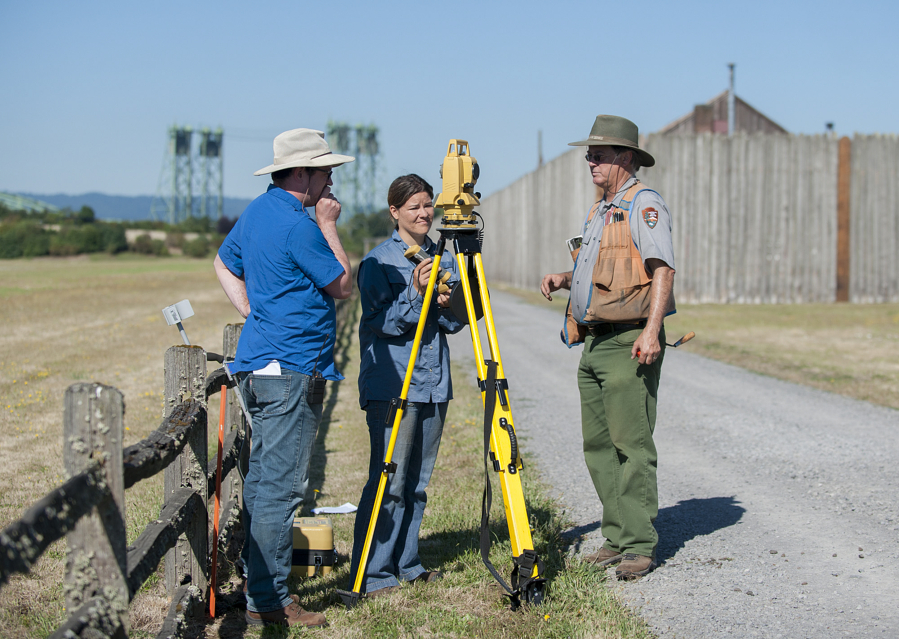Fort Vancouver is a story of discovery.
Actually, several discoveries. You can go back more than two centuries to HMS Discovery and the Corps of Discovery. The men commanded by Capt. George Vancouver and members of the Lewis and Clark Expedition set the stage for two waves of Fort Vancouver’s occupants.
Those occupants — British Hudson’s Bay Company employees and then U.S. Army soldiers — made discoveries of their own as they traveled throughout the Pacific Northwest.
Now jump forward to a particularly significant discovery in 1947. It answered a question some local people had been asking for decades: Where was Fort Vancouver?
(Which begs another question: How do you lose a fort?)
Louis Caywood, a National Park Service archaeologist, did the groundwork that established what now is Fort Vancouver National Historic Site. Along with more than 400 other locations, the historic site is observing this week’s National Park Service centennial.




